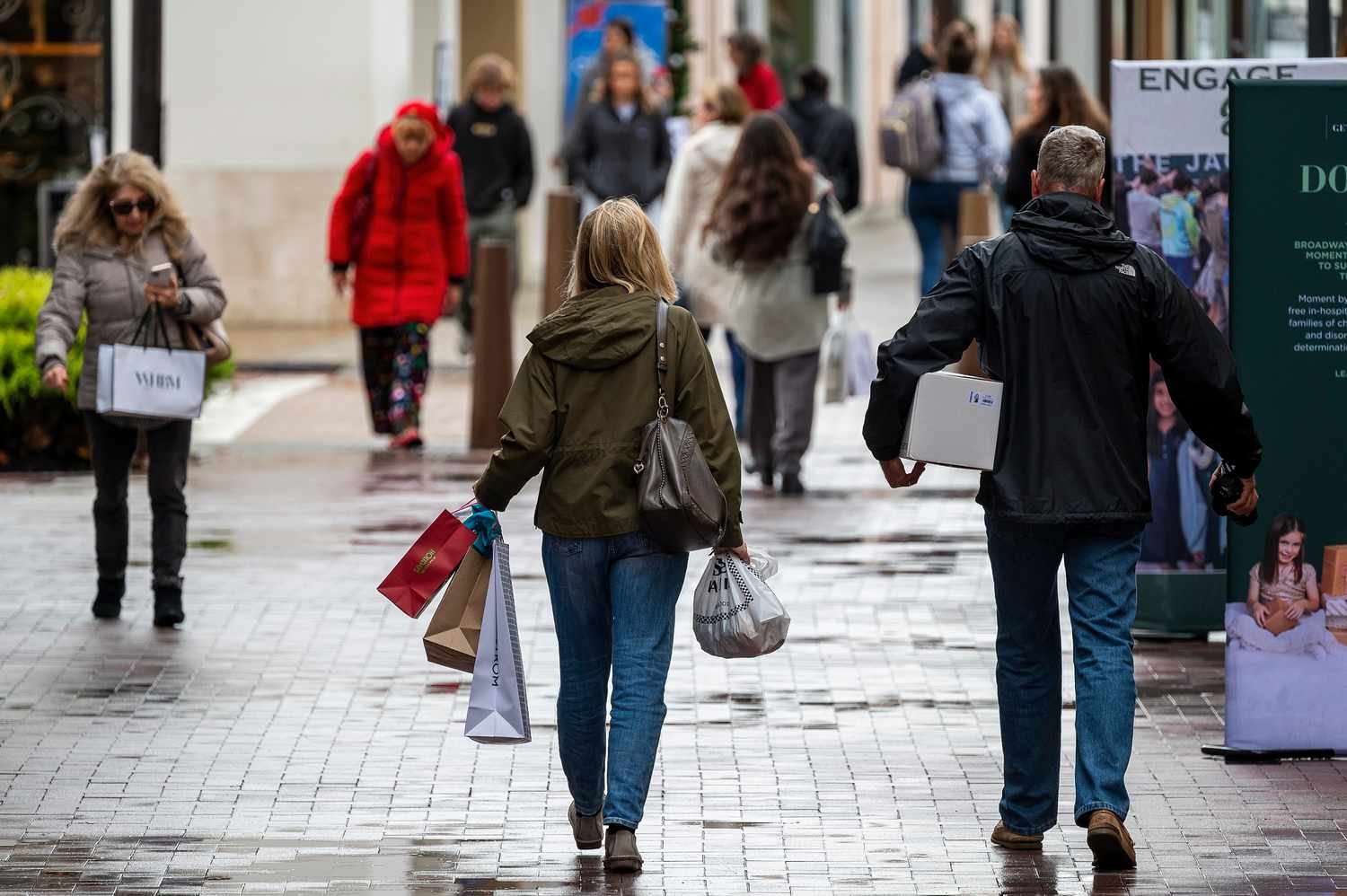
Key Takeaways
- The Federal Reserve’s preferred gauge of inflation grew at its slowest rate since early 2021 in November.
- The personal consumption expenditures (PCE) price index grew 2.6% from the same time last year, nearer to the Fed’s 2% goal and down from 2.9% in the prior month.
- Economists noted that slowing inflation is a positive sign that a soft landing could be incoming.
The Federal Reserve‘s preferred gauge of inflation slowed as income and spending were strong in November, the latest indicator pointing toward a soft landing.
The personal consumption expenditures (PCE) price index dropped 0.1% in its first decline since April 2020. The index was up 2.6% from the same time last year but is nearer to the Fed’s 2% goal and down from 2.9% in the prior month. That is the lowest rate since early 2021.
The core price index which excludes food and energy prices grew only 0.1%, the same as the month prior. Core PCE was up 3.2% from the same time last year, down from 3.4% the month prior.
The slowdown could bolster confidence that the Fed’s anti-inflation rate hikes have delivered their desired outcome. Fed officials indicated they anticipate interest rate cuts sometime in the new year at their December meeting.
The PCE is the Fed’s preferred inflation measure, as the index tends to show inflation trends that are less affected by short-term price changes. The Fed also monitors the Consumer Price Index (CPI), which showed a 3.1% annual increase in November.
The inflation measure was the latest in a string of data bolstering hopes for the economy in the new year. The labor market is still relatively strong and consumers are optimistic about their finances on a strong stock market and lower gas prices. Even the home market, which has remained dreary for much of the year, is seeing an uptick.
“The November personal income and spending data made for encouraging reading, showing that real consumption growth—the core of the economy—is slowing to a more sustainable pace in the fourth quarter, at the same time as inflationary pressures, including supposedly sticky services inflation, continued to melt away,” Michael Pearce, lead U.S. economist at Oxford Economics wrote. “It’s beginning to look a lot like…a soft landing.”




